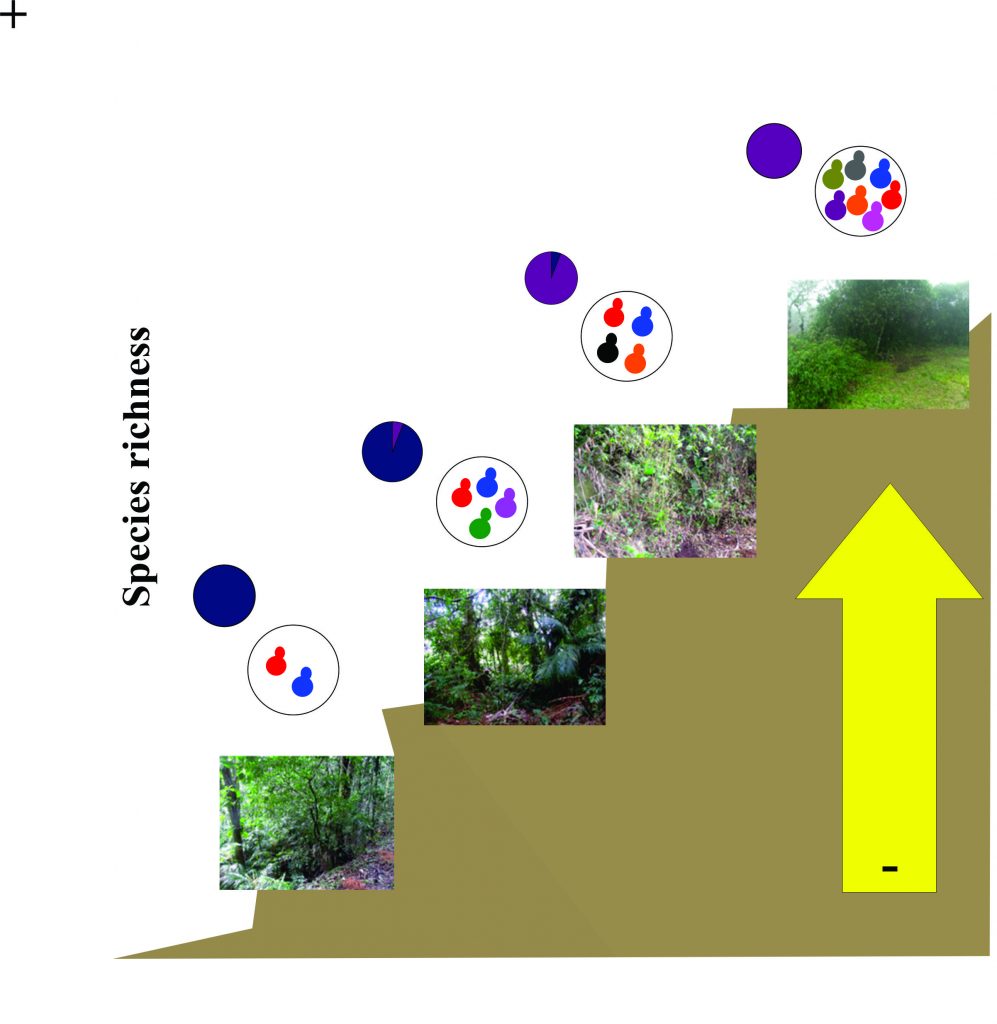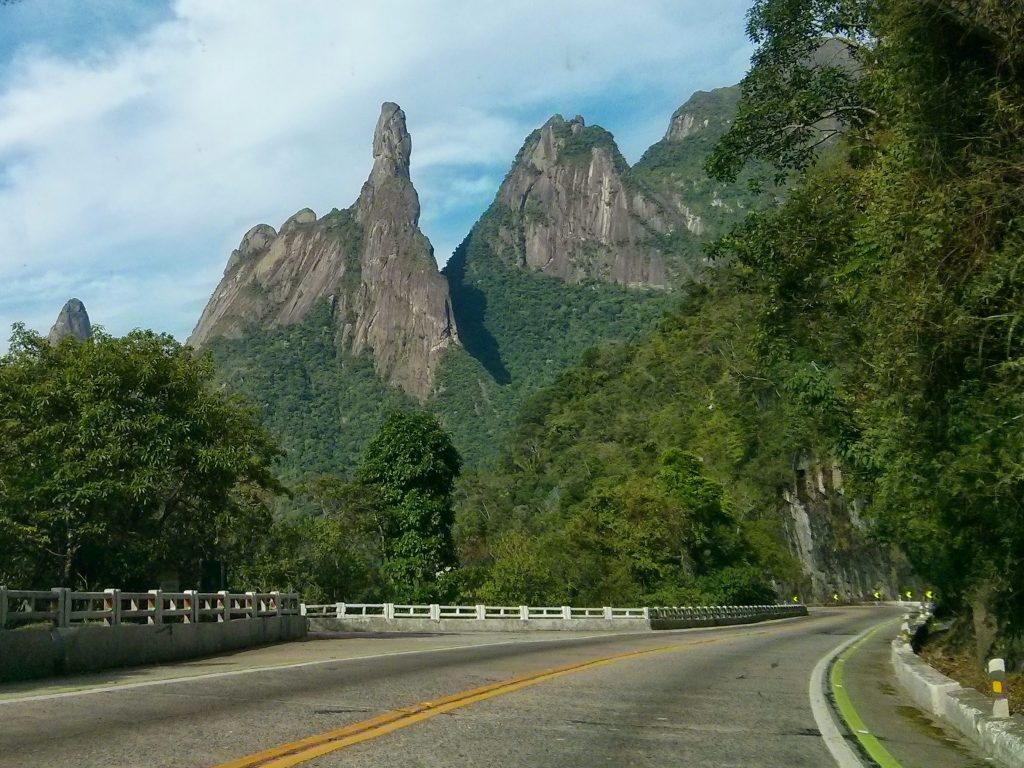Rev. Bras. Ciênc. Solo.2020;44:e0200033.
Yeast species and strains differing along an altitudinal gradient in the Brazilian forest domain
06/Nov/2020
DOI: 10.36783/18069657rbcs20200033
Graphical Abstract

Highlights
The higher altitude exhibited greater richness of yeast species, and basidiomycetes predominated over ascomycetes.
Saitozyma podzolica was the most representative yeast species along the altitudinal gradient.
The haplotype network evidenced a relationship between the increase in altitude and the intraspecific distribution of podzolica strains.
Soil properties explained 88.6 % of data variability.
ABSTRACT
Soil microbiota is an important component of the forest biomes, playing important roles in the soil aggregation and cycling of nutrients. Among the soil microorganisms stand out the yeasts, which are unicellular fungi involved in important soil ecological processes. The Brazilian Atlantic Forest is one of the main biodiversity hotspots in the world, and the effect of altitudinal gradient on the distribution patterns of yeast species across this ecosystem has not yet been addressed. Thus, this study aimed to investigate the occurrence and distribution of yeast species in soils along an altitude gradient (404; 1,016; 1,658; and 2,124 m above the sea level) of Serra dos Órgãos National Park located at Rio de Janeiro State, Brazil. Yeast species were described using a culture-based method. Species identification was performed using the fungal barcode locus, the D1/D2 region of 26S rRNA, and the gene genealogy was used to access the intraspecific distribution of strains along the altitudinal gradient. We isolated and identified a total of 76 yeasts including ten species belonging to eight genera. Basidiomycetes predominated over ascomycetes. Saitozyma podzolica and Meyerozyma guilliermondii were isolated at all altitudes. The principal component analysis showed that 88 % of sample distribution is explained by soil properties. For S. podzolica, the genetic genealogy suggested that intraspecific distribution is likely related to similar altitudes. Overall, the species composition and soil properties were modified as altitude was increasing, being more heterogeneous and richness in high altitudes.
282

